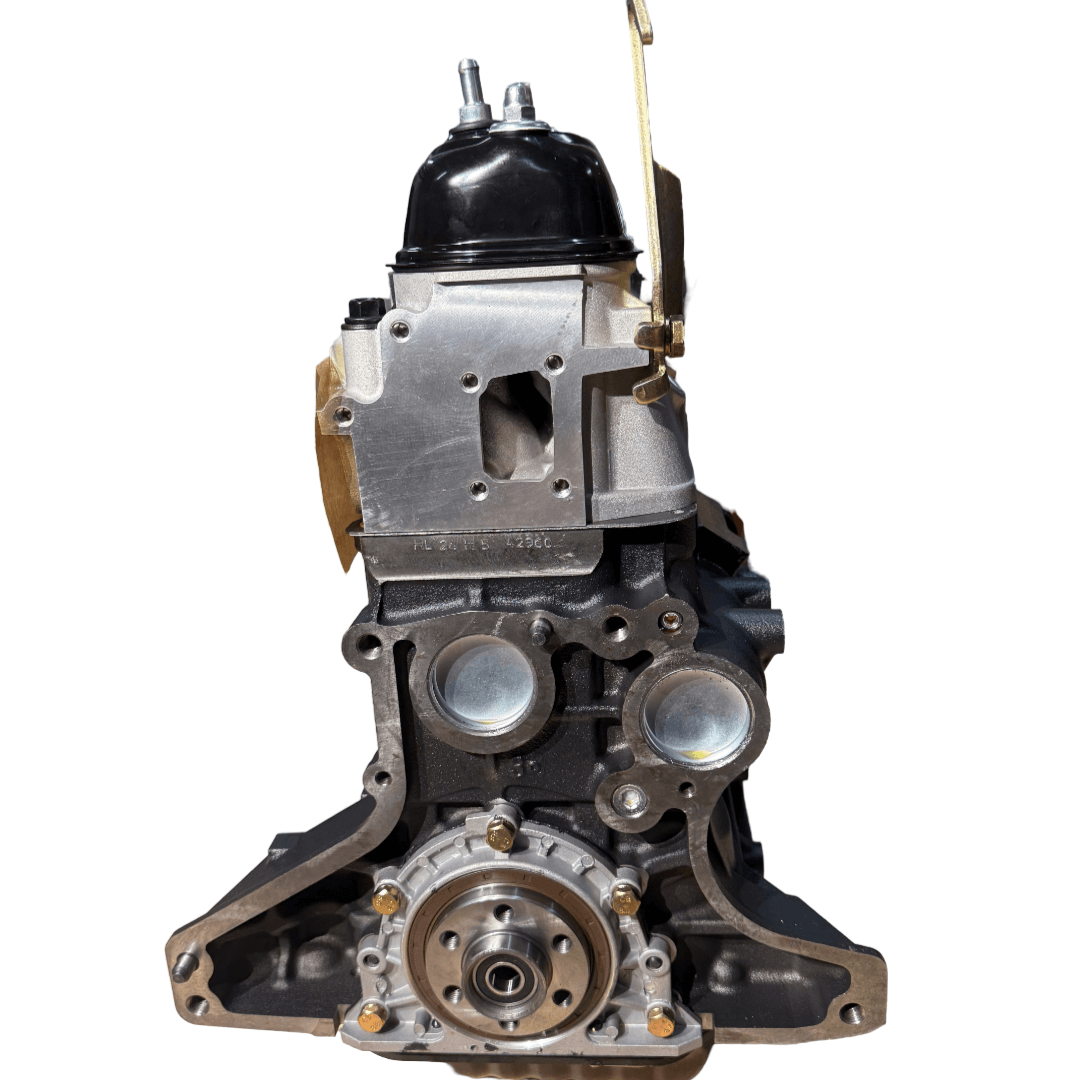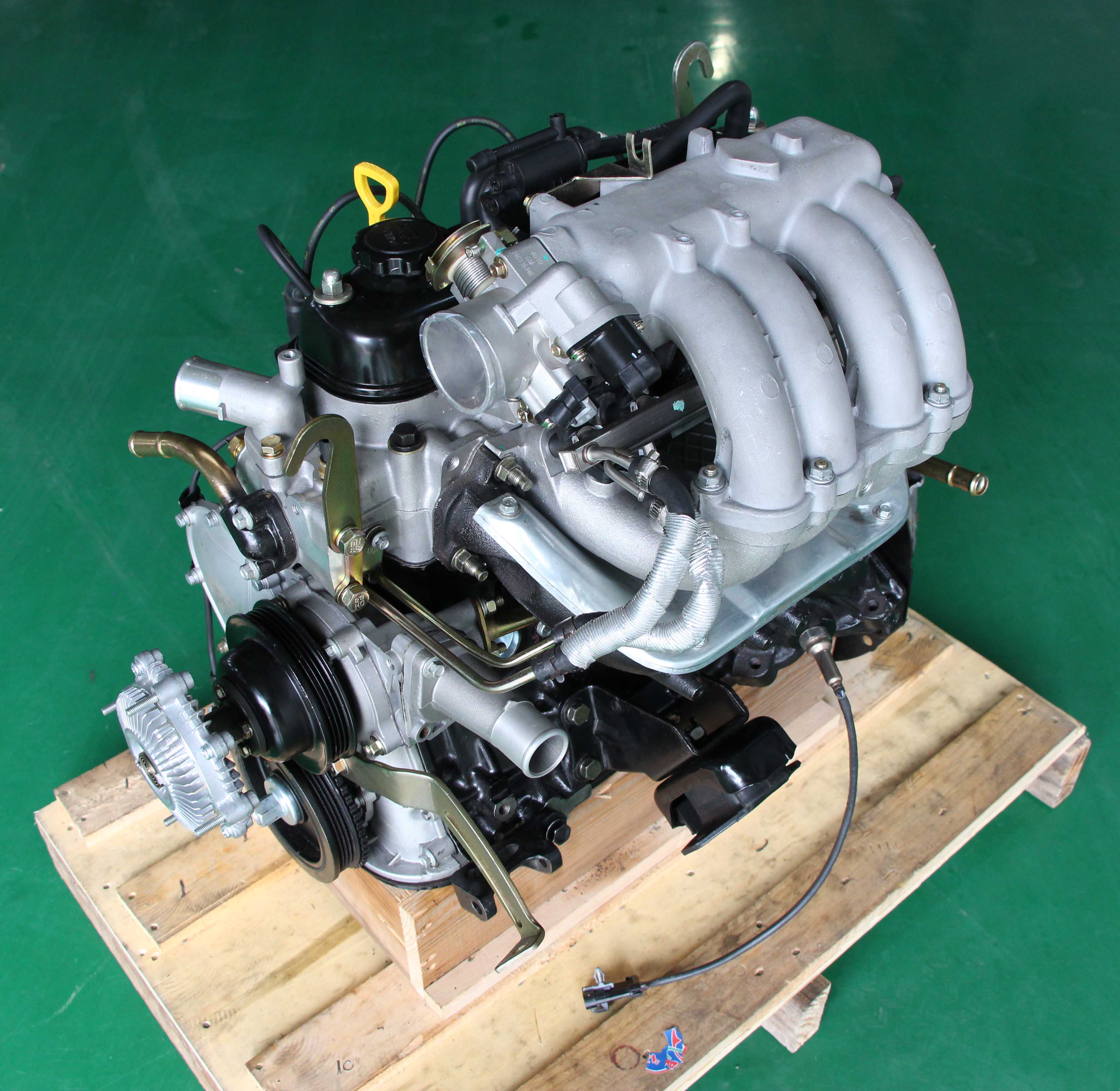The Ultimate Overview to the Engine: Key Insights for every single Car Lover
Understanding the engine is fundamental for any vehicle fanatic, as it offers as the heart of the lorry and determines its efficiency. The complexities of engine dynamics and the latest improvements in modern technology existing concerns that merit additional exploration.
Composition of an Engine
Comprehending the composition of an engine is vital for any type of cars and truck lover looking to delve deeper right into automobile auto mechanics. An inner burning engine largely contains numerous vital parts that operate in unison to convert fuel right into mechanical energy.
At the heart of this system lies the cyndrical tube block, which houses the cyndrical tubes where burning happens. Piston movement within these cyndrical tubes is facilitated by the crankshaft, which translates linear activity right into rotational power. Additionally, the camshaft plays a vital role in controlling the opening and closing of the engine's valves, guaranteeing appropriate air-fuel blend consumption and exhaust gas expulsion.
Other crucial components consist of the fuel system, which provides the engine with the needed gas, and the ignition system, in charge of initiating burning - 4y engine. The cooling and lubrication systems are likewise indispensable, maintaining ideal operating temperatures and lowering friction, specifically
Engine Kinds and Configurations
A varied array of engine kinds and configurations exists, each offering special benefits and disadvantages customized to various driving needs and choices. The most usual engine kinds consist of inline, V, flat, and rotary configurations.
Inline engines, including cylinders prepared in a solitary line, are understood for their simplicity and effectiveness. They are frequently found in portable automobiles, supplying an equilibrium of power and economic situation. V engines, identified by their two banks of cyndrical tubes set up in a V shape, provide higher efficiency and smoother operation, making them prominent in sports and deluxe cars.
Level engines, or fighter engines, have horizontally opposed cylinders, which add to a lower center of mass, boosting automobile stability. These are generally seen in brands like Subaru and Porsche.
Rotating engines, although less typical, use a distinct style with a triangular rotor and deal high power-to-weight ratios. They stand out in small and lightweight applications, mainly seen in Mazda automobiles.
Each engine type offers details efficiency attributes, weight distributions, and fuel effectiveness, making certain that car lovers can choose the right engine setup to match their driving design and lorry requirements.

Just How Engines Function
Engines, regardless of their type or arrangement, operate on basic principles that control their efficiency and effectiveness. At their core, engines transform gas right into mechanical power via a collection of controlled surges or compressions. This procedure commonly entails 4 primary strokes: intake, exhaust, compression, and power.
Throughout the consumption stroke, the engine pulls in a mixture of air and gas. The compression stroke complies with, where the mix is compressed in the cylinder, raising its temperature level and stress. In the power stroke, a spark ignites the compressed mixture (in gas engines) or the mix ignites spontaneously (in diesel engines), causing a quick expansion of gases that presses the piston down. The exhaust stroke removes the spent gases from the cyndrical tube. 4y engine.
The performance of an engine is affected by different variables, including the layout of the combustion chamber, the kind of gas utilized, and the accuracy of the engine's components. Understanding these essential principles is vital for cars and truck enthusiasts who seek to value the intricate auto mechanics behind their automobiles, along with for those aiming to enhance efficiency through adjustments and adjusting.
Developments in Engine Innovation
Over the last few years, improvements in engine technology have dramatically transformed the automobile landscape, boosting both performance and environmental sustainability. One of the most notable developments is the advancement of turbocharging and supercharging, which permits smaller engines to produce higher power results without giving up gas effectiveness. This has actually caused a surge in the appeal of scaled down engines, giving manufacturers with the ability to meet stringent emissions regulations while maintaining performance criteria.
In addition, crossbreed and electric powertrains are improving the engine standard. Crossbreed systems integrate interior burning engines with electrical motors, this link optimizing gas consumption and reducing emissions. Totally electrical vehicles (EVs) eliminate the burning engine completely, depending on advanced battery innovation to provide instant torque and outstanding velocity.
In addition, the assimilation of expert system and device knowing in engine administration systems enables real-time optimization of efficiency specifications, boosting performance and responsiveness. Innovations such as variable valve timing and direct fuel shot better refine burning procedures, optimizing power output while decreasing waste.
As the vehicle sector continues to evolve, these go to this site developments in engine technology will certainly play a crucial function fit the future of mobility, focusing on both performance and sustainability.
Upkeep Tips for Fanatics
Preserving an engine is as important as the innovations that boost its performance. Normal maintenance not only prolongs the life of your engine yet additionally ensures ideal performance. Begin with regular oil modifications, following the maker's suggestions for oil type and modification periods. Tidy oil lubricates engine parts efficiently, stopping wear and tear.
Check and change air filters regularly to make sure correct air movement, which is critical for combustion efficiency. A clogged air filter can result in lowered performance and increased fuel intake. Keep an eye on the coolant levels to stop getting too hot, and replace coolant according to the service schedule. 4y engine.

Verdict
In final thought, a thorough understanding of engine anatomy, kinds, and auto mechanics is important for vehicle lovers. The expedition of technologies such as turbocharging and hybrid systems highlights the developments in performance and performance. Routine upkeep practices, consisting of oil changes and air filter checks, are essential for guaranteeing ideal engine performance and long life. Mastery of these ideas cultivates a much deeper gratitude for engine characteristics and improves the total driving experience.

Engines, no matter of their kind or arrangement, run on basic principles that regulate their performance and effectiveness. In the power stroke, a stimulate fires up the pressed combination (in gas engines) or the combination ignites spontaneously (in diesel engines), resulting in a quick growth of gases that pushes the piston down.In recent years, improvements in engine modern technology have substantially transformed the automobile landscape, enhancing both performance and ecological sustainability.